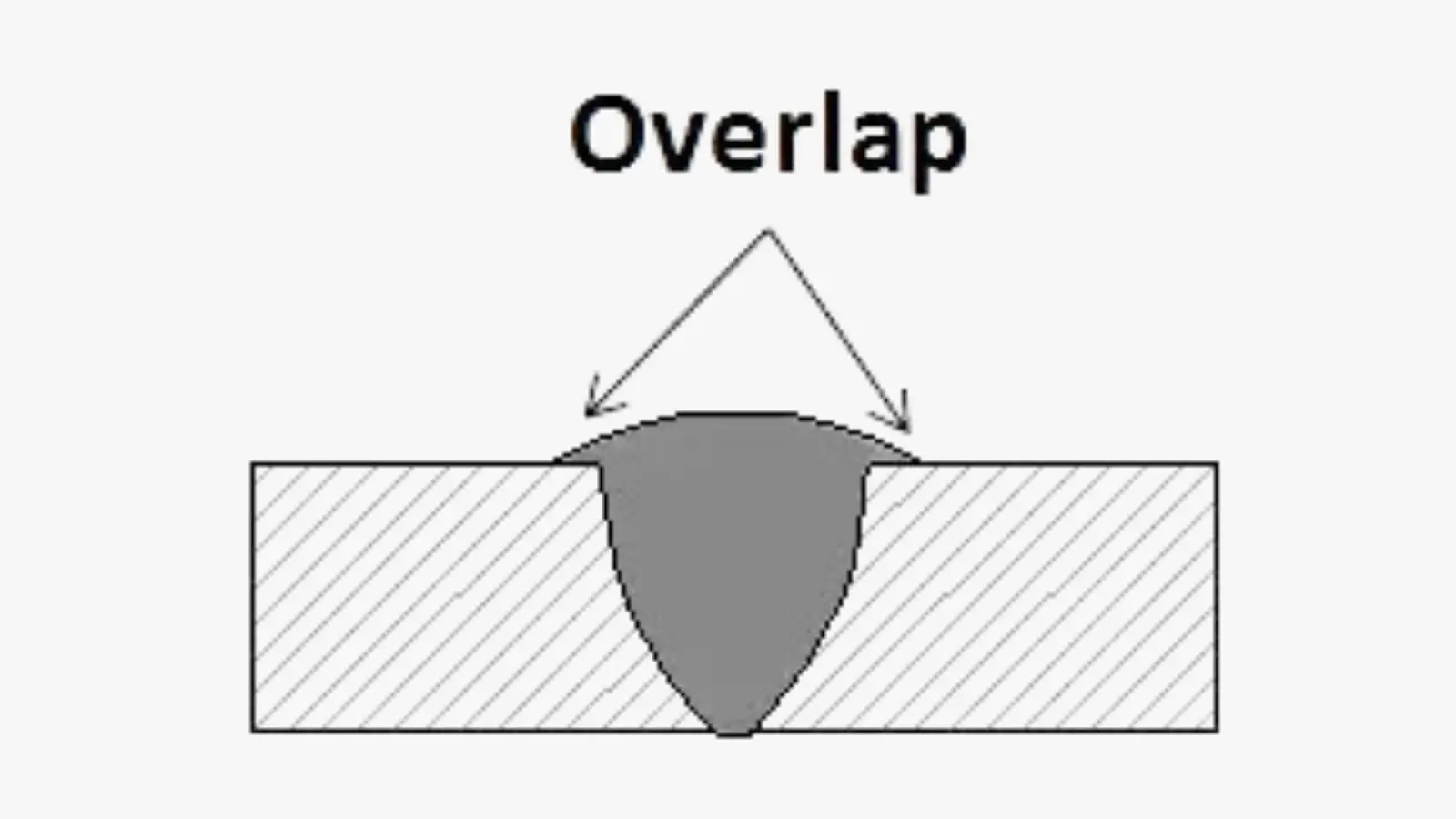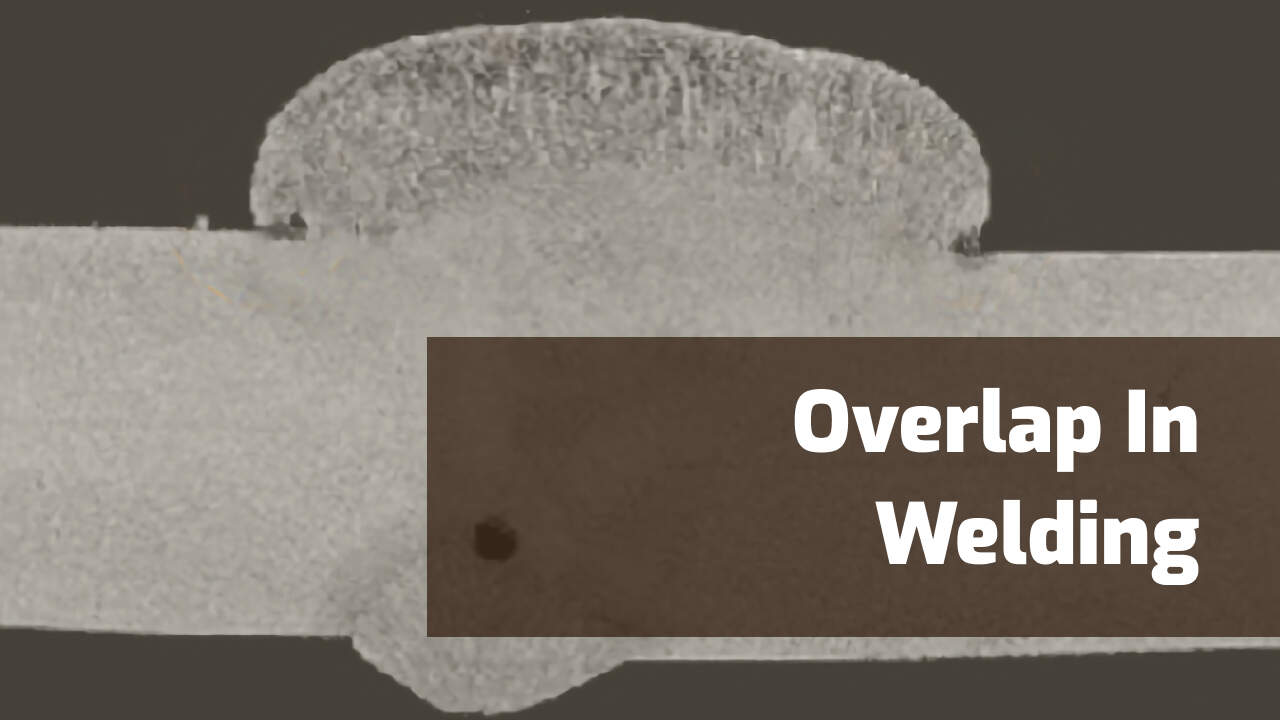Step-by-Step Guide to Preventing Weld Undercut in Different Metals
Step-by-Step Guide to Preventing Weld Undercut in Different Metals
Blog Article
Grasping the Art of Welding: Exactly How to Avoid Undercut Welding Issues for Flawless Fabrication Outcomes
Efficiency and accuracy are paramount on the planet of welding, where even the tiniest blemish can jeopardize the structural honesty of a made item. One usual challenge that welders face is damaging, a flaw that can damage a weld joint and lead to expensive rework. By understanding the root creates of undercut welding and carrying out efficient methods to stop it, welders can boost their craft to new degrees of quality (Preventing weld undercut). In the pursuit of remarkable construction results, mastering the art of welding to prevent undercut problems is not just a skill yet a necessity for those pursuing perfection in their job.
Comprehending Undercut Welding

To avoid undercut welding, welders should ensure correct welding parameters, such as readjusting the current, voltage, travel rate, and preserving the correct electrode angle. Additionally, using the ideal welding method for the certain joint arrangement is important. Employing weaving activities or backstepping methods can help make certain appropriate weld metal deposition and minimize the likelihood of undercut formation. Routine assessment of welds during and after the welding process is additionally critical to capture any type of undercut early and make essential changes to stop additional issues. Preventing weld undercut. By recognizing the sources of undercut welding and executing safety nets, welders can accomplish high-quality, structurally sound welds.
Sources Of Undercut in Welding
Recognizing the variables that add to undercut in welding is necessary for welders to produce high-quality, structurally audio welds. When the weld metal does not correctly fill the groove formed in between the base steel and the previously transferred weld metal, undercutting takes place. Numerous factors can bring about damage in welding. One common cause is excessive warmth input. Welding at heats for extensive durations can lead to the base metal melting even more than preferred, resulting in undercut. Inadequate welding wrong or existing welding speed can likewise add to damage. Not enough current might not supply sufficient warmth to thaw the base and filler steels effectively, while excessive speed can prevent appropriate blend, creating undercut. In addition, inappropriate electrode angles or incorrect lantern manipulation techniques can produce areas of low weld steel deposition, advertising undercut. Understanding these reasons and implementing correct welding strategies can aid protect against undercutting problems, making sure long lasting and solid welds.
Techniques to avoid Undercutting

To alleviate the risk of damaging in welding, welders can use calculated welding strategies intended at enhancing the top quality and integrity of the weld joints. Furthermore, utilizing the right welding technique for the details joint arrangement, such as weave or stringer grains, can add to reducing undercutting.
Furthermore, correct joint preparation, consisting of guaranteeing clean base materials without contaminants and making use of the ideal have a peek here welding consumables, is crucial in stopping undercut issues. Using back-step welding methods and regulating the weld grain account can additionally assist distribute warm uniformly and lessen the risk of undercut. Regular inspection of the weld joint during and after welding, along visit this web-site with applying quality control measures, can aid in identifying and addressing damaging issues quickly. By executing these methods vigilantly, welders can achieve perfect manufacture results with minimal undercut flaws.
Importance of Correct Welding Criteria
Selecting and preserving ideal welding parameters is important for achieving successful welds with very little issues. Welding parameters refer to variables such as voltage, existing, take a trip rate, electrode angle, and securing gas flow price that directly affect the welding procedure. These parameters have to be meticulously changed based upon the kind of product being bonded, its thickness, and the welding strategy employed.
Proper welding criteria ensure the correct amount of warm is put on melt the base metals and filler material evenly. If the parameters are set too expensive, it can result in too much warmth input, causing burn-through, distortion, or spatter. On the various other hand, if the specifications are also reduced, insufficient fusion, lack of penetration, or undercutting may happen.
Quality Control in Welding Workflow

Verdict
To conclude, understanding the art of welding requires a thorough understanding of undercut welding, its reasons, and strategies to stop it. By making sure appropriate welding criteria and implementing top quality guarantee methods, remarkable construction outcomes can be accomplished. It is important for welders to continually pursue excellence in their welding procedures to avoid undercut concerns and generate top quality welds.
Undercut welding, a typical problem in welding procedures, occurs when the weld steel does not properly load the groove and leaves a groove or anxiety along the bonded joint.To stop undercut welding, welders need to make sure correct welding criteria, such as changing the current, voltage, travel speed, and maintaining the right electrode angle. Poor welding inaccurate or current welding rate can additionally contribute to undercut.To alleviate the threat of damaging in welding, welders can utilize critical welding techniques aimed at boosting the high quality and stability of the weld joints.In final thought, understanding the art of welding requires an extensive understanding of undercut welding, its causes, and methods to prevent it.
Report this page